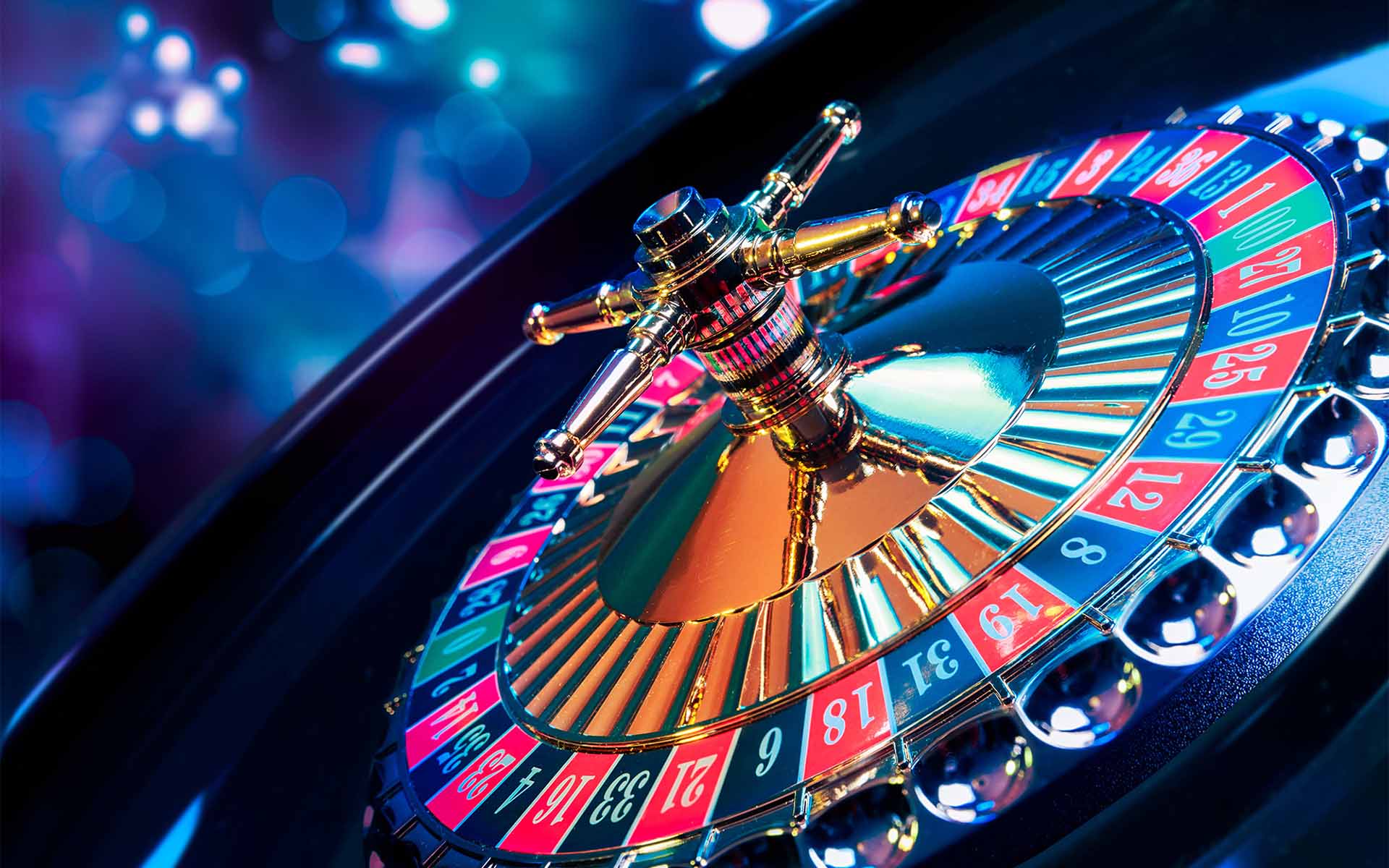A Captivating Chronicle of Slot Machines
The history of slot machines is a mesmerizing narrative that reflects the progress of entertainment and gambling over the ages. From their simple beginnings in the 1890s to turning into a mainstay in casinos throughout the planet, these chance games have experienced significant transformations. Slot machines have enthralled players with their vibrant visuals, enticing themes, and the hope of wealthy wins.

Initially created as physical machines with rotating reels and few icons, slot machines have evolved into sophisticated digital games that incorporate innovative features and interactive features. In the present day, they draw in millions of players, each aspiring to strike it lucky with just the lever pull of a handle or the tap of a button. Investigating the fascinating history of these games discloses not just the tale of a popular activity, but also a depiction of societal changes and technological advancements over the years.
The Beginnings of Slot Machines’ History
The story of slot machines starts in the final years of the 19th century, a time when mechanical devices were increasingly popular in places of amusement. A groundbreaking slot machine came into existence by Charles Fey in 1895, referred to as the Liberty Bell. This machine featured three spinning reels and 5 symbols: hearts, diamonds, spades, a horseshoe, and the famous Liberty Bell. Players would pull a lever to spin the reels, and if the symbols aligned in a specific combination, players won a payout. Fey’s invention rapidly captured the attention of gamblers and paved the way for future developments in casino slots games.
As the concept of the slot machine gained popularity, numerous inventors sought to improve upon Fey’s design. By the dawn of the 1900s, these machines were becoming a frequent presence in saloons and amusement parks. In 1907, the first electromechanical slot machine was created by Herbert Mills, which featured a more intricate system of payout mechanisms and the iconic fruit symbols that are still linked to slots today. This evolution marked a major shift in the gaming industry, as machines became more engaging and user-friendly, attracting more players.
The popularity of slot machines remained high throughout the early 20th century, leading to their widespread adoption in casinos across the United States. However, as legal restrictions on gambling during the Great Depression presented challenges for the industry. Many machines were outlawed, but this did not stop innovators. Instead, they adapted by creating machines that gave out candy or gum instead of cash prizes, effectively bypassing the restrictions while still offering the thrill of a casino slots game. This ingenuity kept the spirit of gambling alive, setting the stage for the future resurgence of slot machines in modern casinos.
Advancement of Casino Slot Innovation
The story of gambling machines began in the final 19th hundred years with the creation of the early mechanical slot machines. A mechanic named Charles Fey, a San Francisco engineer, presented the Liberty Bell in 1895, which featured three spinning reels and five symbols: hearts, diamonds, spades, a lucky horseshoe, and the bell symbol itself. This straightforward yet engaging appearance laid the groundwork for the evolution of slot games, creating an swift draw for gamblers searching for entertainment and a shot to gain.
As innovation advanced, so did the styling and functionality of slot machines. OK9 By the central 20th hundred years, electronic mechanical machines emerged, incorporating electric parts to improve gameplay and amplify payout possibilities. These advancements allowed for greater complexity features like multiple paylines and larger jackpots. The casinos welcomed these developments, causing the rise of gambling devices as a major source of profits within the gaming industry, fundamentally transforming the casino slots game experience.
The final 20th and initial 21st eras brought the age of digital technology, resulting in the debut of video slots. These machines changed out traditional reels with digital screens, allowing even more imagination in themes and gameplay features. Players could now enjoy immersive graphics and sound effects, along with involving bonus rounds. The transition to internet gambling further transformed the slots experience, making slots accessible to a global population anytime and anywhere, thus marking a new phase in the development of gaming machine advancements.
A Cultural Influence of Slot Machines
These gaming machines have become more than just a form of entertainment; they have integrated into the fabric of mainstream culture. Across movies and TV series to music and literature, these iconic gaming machines often serve as symbols of chance and gambling. Films like The Casino and Ocean’s 11 prominently feature slots, depicting them as thrilling yet unpredictable elements of the gambling experience. Their unique attraction lies in the noise of coins clinking, the revolving reels, and the bright flashing lights, which together create an electric atmosphere that captures attention.
In addition, slot machines have influenced social gatherings and events, making them a centerpiece in casinos and gaming venues. Many people do not just visit a casino to gamble; they go for the entire experience, which includes the social interactions and the lively ambiance surrounding these machines. Special contests and themed gaming nights centered around slots also highlight their popularity, fostering community engagement and collective fun among players. This community aspect has contributed to the machines’ enduring popularity.
The evolution of technology has further changed this cultural impact. Digital and online slots have broadened access to these games far beyond the walls of physical casinos. Players can now get their favorite casino slot games from home or on the move, leading to the rise of virtual forums and discussion boards where enthusiasts exchange strategies and experiences. The continuous innovation in game design and the inclusion of storytelling have kept the cultural significance of slot machines alive, attracting younger audiences while maintaining a tie to their historical roots.